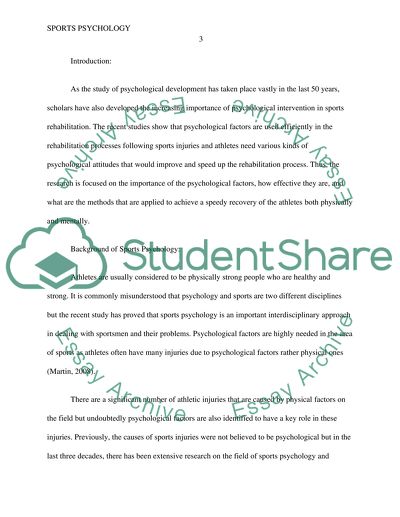Cite this document
(“Examining important psychological factors in improving the Research Paper”, n.d.)
Retrieved de https://studentshare.org/psychology/1667770-examining-important-psychological-factors-in-improving-the-rehabilitation-process-following-athletic-injury
Retrieved de https://studentshare.org/psychology/1667770-examining-important-psychological-factors-in-improving-the-rehabilitation-process-following-athletic-injury
(Examining Important Psychological Factors in Improving the Research Paper)
https://studentshare.org/psychology/1667770-examining-important-psychological-factors-in-improving-the-rehabilitation-process-following-athletic-injury.
https://studentshare.org/psychology/1667770-examining-important-psychological-factors-in-improving-the-rehabilitation-process-following-athletic-injury.
“Examining Important Psychological Factors in Improving the Research Paper”, n.d. https://studentshare.org/psychology/1667770-examining-important-psychological-factors-in-improving-the-rehabilitation-process-following-athletic-injury.


